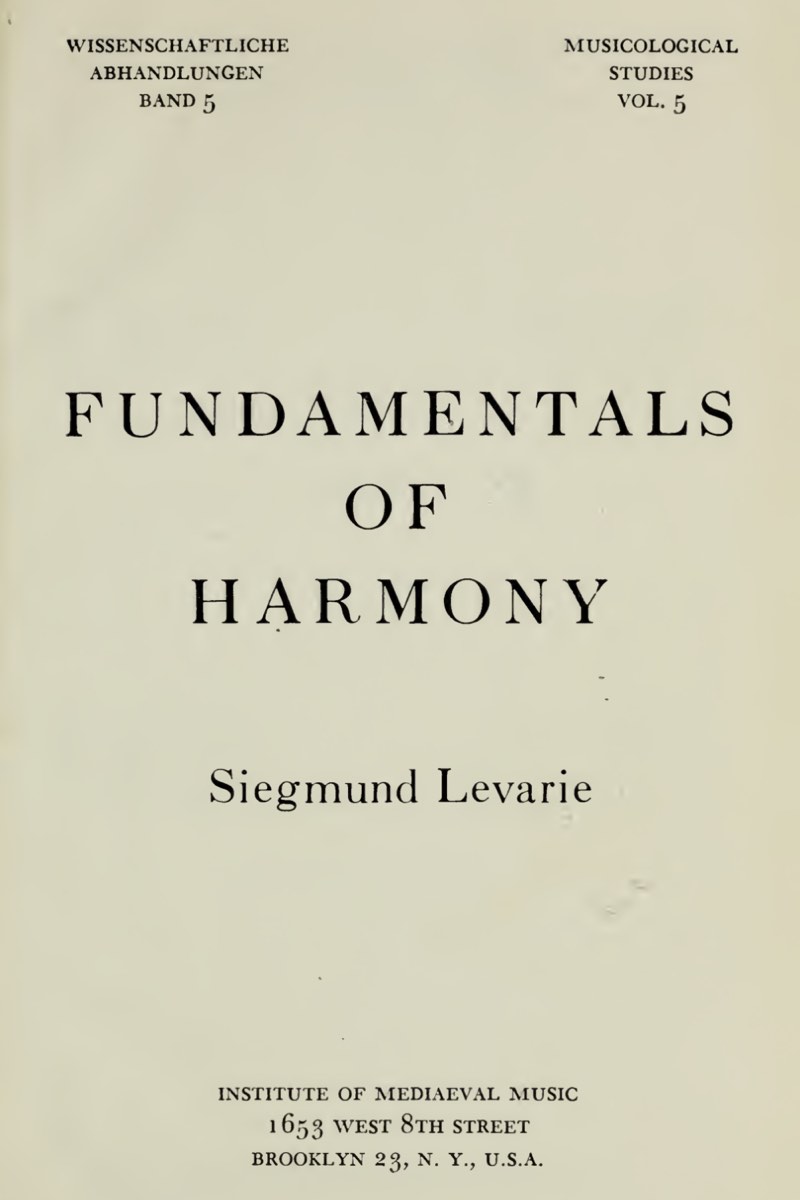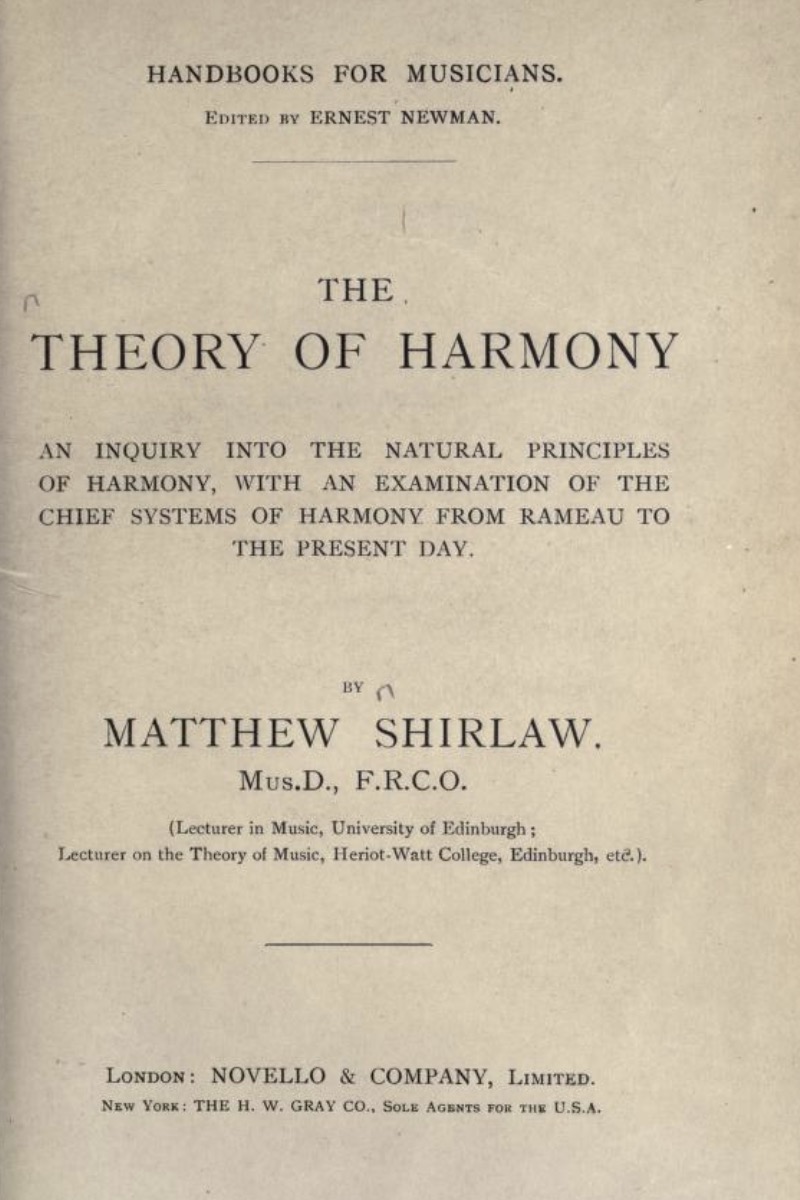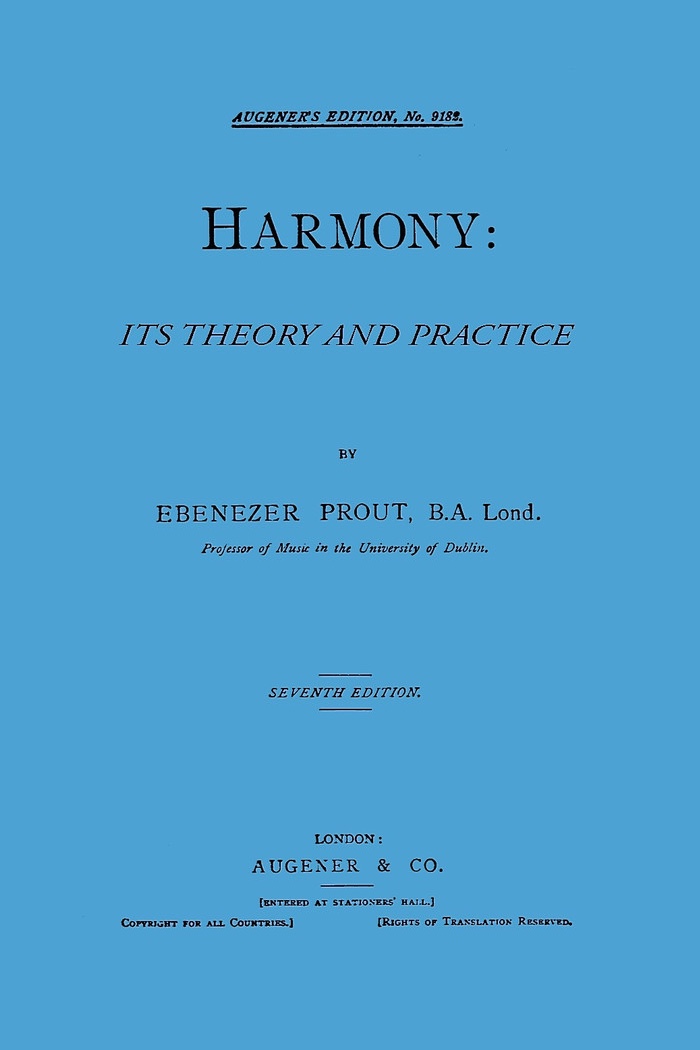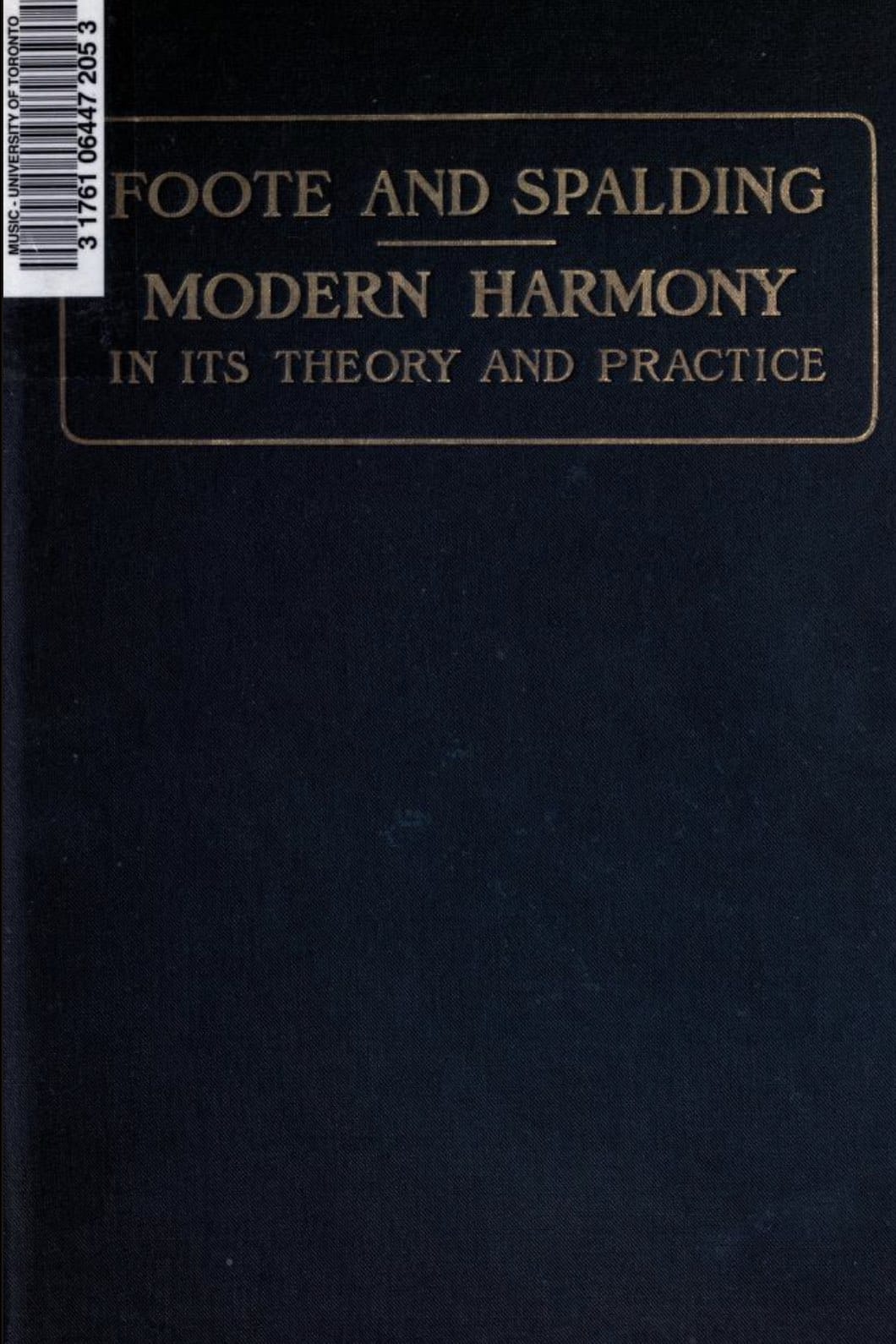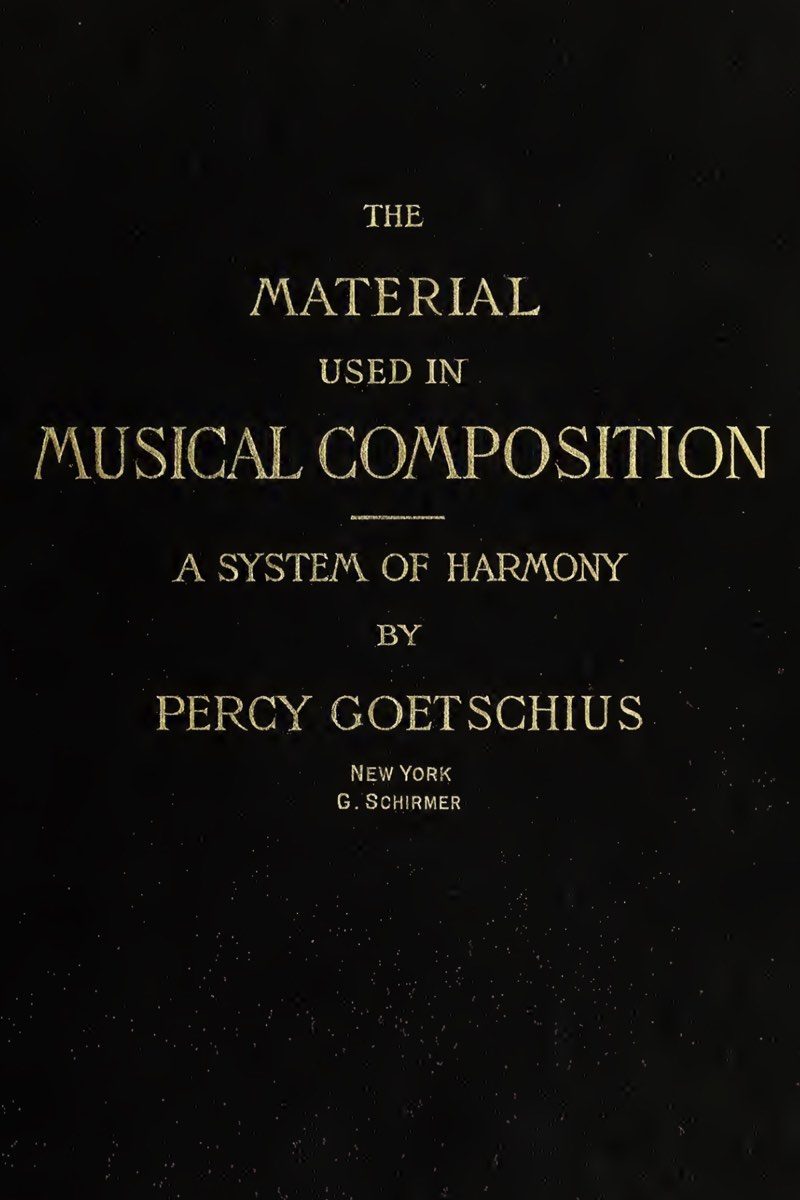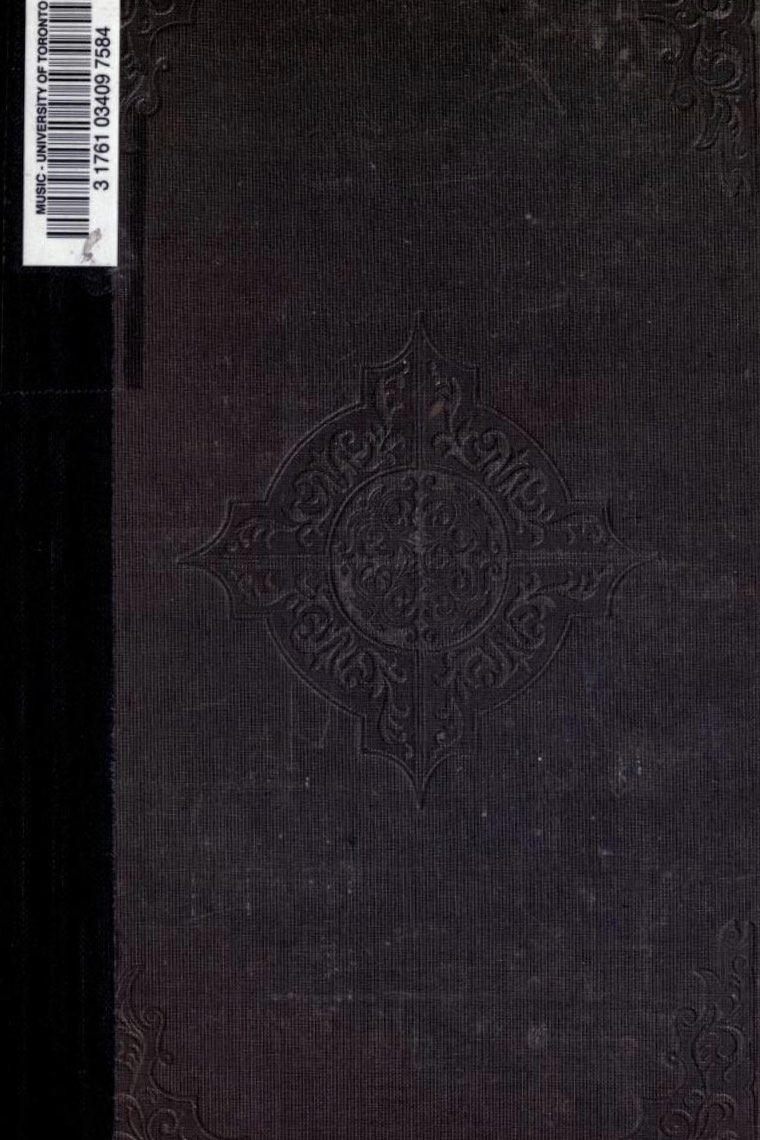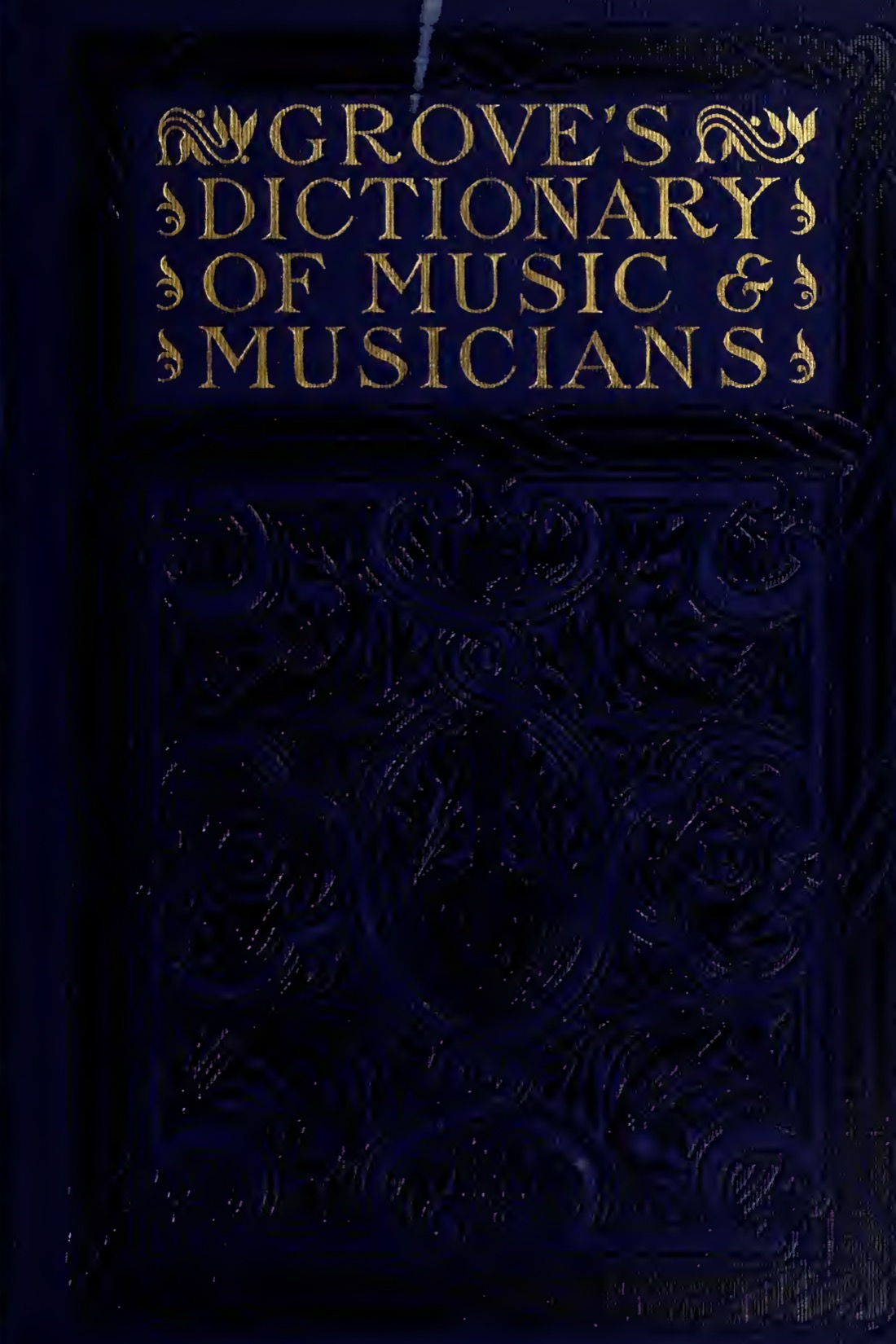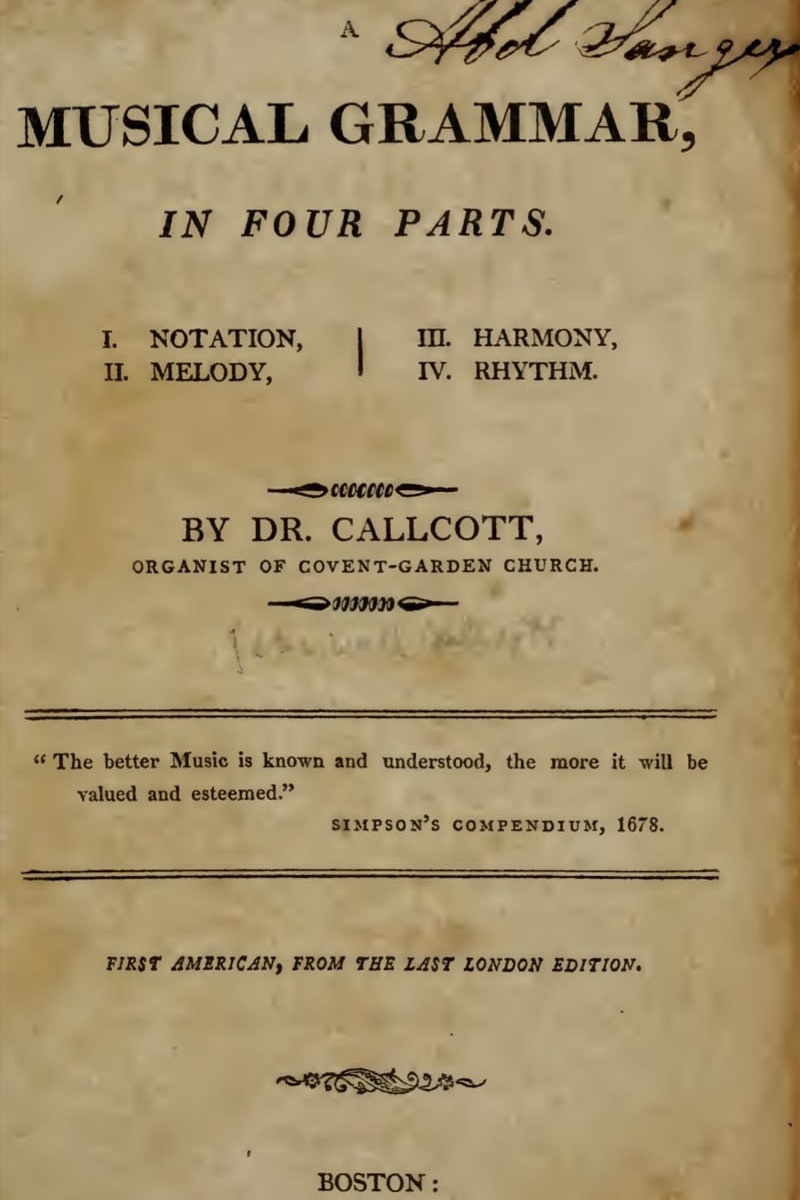Liberal music theory draws upon numerous books from various schools, centuries, and countries to construct its framework. How theorists have responded to evolving music, how they have clashed with each other’s ideologies, and how they have inherited or modified them—understanding such history and approaching existing theories with respect is believed to be essential for proposing new theories in the correct manner.
The following are some of the principal works among them. Of course, these are not exhaustive, many other books, papers, and websites are consulted as well, primarily for historical accuracy and fairness.
Reference and Citation
These are the books that were “referenced” during the creation of the text, but the text itself is not specifically constructed based on these citations. The text is entirely written by myself. In the text, the footnotes tooltip system is used only in limited circumstances, such as when the content is not so widely known that it seems necessary to provide a source, or when quoting from books would help enhance objectivity, like, in defining terms. It means that, unless otherwise stated, the text is based on my research and experience. It is more akin to a book I’ve written rather than a compilation of citations like Wikipedia.
Modern Jazz Oriented Books
Published in 2018, this book provides insights into the stability/instability and resolution of melodies independent of chords, as well as extensive discussions on chord progressions in pop/rock styles that diverge from traditional forms, supporting the philosophy of liberal music theory. The author, Jack Perricone, is one of the co-founders of the Songwriting Department at Berklee College of Music.
This book belongs to the so-called “Berklee Method” school of thought. Each topic is thoroughly explained, with (albeit simplified) explanations provided for each connection of diatonic chords, and clear insights are given into commonly questioned points such as the function of Vsus4 and ♯IVø, as well as the 13th avoid of IIm7. It is an exemplary theoretical book that leaves no stone unturned.
Written by Barrie Nettles, an icon of Berklee College of Music and a key member of the Harmony Department for 34 years, this book is based on the “Berklee Method.” It exhibits a slightly more conservative tendency compared to “The Berklee Book of Jazz Harmony.”
A book summarizing Berklee-style theory in Japanese. Notably published in 2018, it features relatively liberal perspectives.
This is a highly renowned jazz theory book that does not belong to the Berklee method style. It features various differences in detail, such as not adopting the TDS function and notating ♯11 as ♯4. Rather than being systematic, it heavily focuses on introducing numerous examples and aims to develop practical skills.
This is a jazz theory book authored by a professor and music scholar at Rowan University. It belongs to the non-Berklee series and combines tendencies of classical schools, making it useful for reference in comparative systems. It is inexpensive and offers good value for money, but it slightly lacks in depth compared to others.
Classical Harmony Books
A highly traditional classical harmony book. A detailed explanation of fundamental principles are provided, such as tonality and octave equivalence, along with comprehensive information on exception handling in voice leading. It’s also beneficial that each section starts with an introduction of practical examples.
This is an American-style harmony book. It adopts the American standard of Roman numerals with figured bass. Published in 2019, it is a comprehensive theoretical book that covers not only classical harmony but also contemporary music techniques and jazz/popular theory.
This is the most famous harmony textbook in Japan, which has long been used as a textbook at Tokyo University of the Arts. It consists of three volumes (all three volumes are referenced). It is characterized by its intensive originality in terms of terminology and symbols.
A harmony book created as a new textbook for Tokyo University of the Arts in 2015. As the theme “the integration of theory and auditory perception” suggests, descriptions aimed at connecting theory with perception are found throughout the book. It’s relatively concise in volume, and the lack of an index is a fatal flaw.
An intriguing book that offers unique concepts from a somewhat macro perspective, such as “power processes” and “flux.”
Books on music history, theory history, and studies of theorists.
A comprehensive study entirely devoted to Hugo Riemann. It covers various aspects related to Riemann, including criticisms and the author’s own critiques of Riemann’s harmonic dualism and functional harmony theory, the contemporary criticisms that arose, the socio-cultural context of the time, and how Riemann’s followers handled functional theory. Particularly useful is the glossary at the end, which summarizes key terms from Riemann’s various theories.
A comprehensive study entirely dedicated to the history and development of the augmented sixth chord. It traces the prototype of the augmented sixth chord back to the modal period, discusses its generalization from there, its use in enharmonic modulation, the Tristan chord, and various episodes related to its usage as the dominant of the “French sixth.”
A book in which different authors introduce important aspects of theoretical history in each chapter. Primarily centered around the assertions of various theorists regarding the “consonance-dissonance” of sound, it meticulously traces the most famous theorists of each era, such as Zarlino, Descartes, Rameau, Riemann, Schenker, and Schoenberg, offering a very accessible overview of the history of Western harmonic theory.
A unique book that categorizes the philosophical and stylistic aspects of music analysis by themes such as “grammar,” “logic,” “organism,” and “representation,” rather than by historical eras. Not only is the textual content rich, but the illustrations and diagrams are very clear and helpful, including symbols systems by Riemann and region charts by Schoenberg, making it extremely valuable.
The book begins with an overview of Rameau’s theoretical concepts, followed by an examination of their shortcomings and contemporary criticisms, contextualized within the historical backdrop. It elucidates various issues surrounding the construction of theories based on overtones, highlighting that many of these problems remain unresolved even today.
This is a concise book summarizing Western music history. It is written with a focus on simplicity throughout, using diagrams with lines and squares instead of musical notation for explanation, making it very easy to read. It provides detailed insights into the relationship between history, religion, and music, and the narrative style is lively and enjoyable.
A book compiling radio lectures on music history delivered between 1924 and 1925. It provides an explanation of the evolution of Western music forms alongside the social conditions of the time. Due to the nature of being based on radio lectures, the focus is more on obtaining an overview rather than delving into specifics.
It is by no means an “Introduction to Music Theory” in the sense of contemporary general sensibility. Instead, it delves deeply into specific areas such as tuning, musical notation, solfa, and modes, serving as a useful resource to reinforce knowledge in those areas.
Old Theory Books
First published in 1954. The author, originally from Austria, immigrated to the United States at the age of 24 and later naturalized. Consequently, the book presents a subtly valuable resource as it incorporates some Americanized elements into the rigorous symbol system of the Riemannian theory. Additionally, each section includes a “Discussion” corner that encourages readers to question and engage in discussion and contemplation.
A theoretical work first published in 1917. While it serves as a general treatise on harmony, it provides detailed references to the historical development of theory up to that time, including discussions on figures such as Rameau, Zarlino, and Helmholtz. Particularly noteworthy are the author’s rigorous criticisms of the harmonic dualism prevalent in the 19th century, making it a valuable resource for understanding the perception of 18th and 19th-century theory in the early 20th century.
A theoretical work first published in 1889. The author, Prout, is an English theorist. The book features meticulous examples and covers topics often overlooked in other theoretical works, making it a valuable resource. It also adheres to the notation system prevalent in England at the time, following the Webernian Roman numeral notation with inversion indicated by lowercase letters, which adds to its significance for understanding the notation conventions of the period in England.
A standard textbook on harmony published in 1905. It provides detailed information on “progressions to the next chord,” offering insights into the progression rules of classical theory at the time. The author, Arthur Foote, was one of the “Boston Six,” a group of modern American composers.
A harmony textbook first published in 1882. It has a strong American flavor and, uses 123 for inversion symbols. It proposes the concept of “classes,” dividing chords into three groups, around the same time as Riemann, and suggests II as the representative chord of the S function instead of IV, showing the budding of jazz theory. The book’s attractive points include its engaging bullet-point style explanations.
Published in 1842, this is the English translation of the work by the German theorist Weber. It is known for improving and popularizing the Roman numeral notation, following Vogler’s legacy. In the middle section, you can find a detailed introduction to the Roman numeral notation.
Published in 1896, this is the English translation of the book by Riemann. It is the first book to propose functional harmony theory. It is an important volume where you can learn about the original, true form of functional harmony theory.
The second edition of the “New Grove Dictionary of Music and Musicians,” which is still being revised and published today. For example, topics like “Function” are not yet listed, allowing for a wide reference to the state of theory in the early 20th century.
A theoretical book published in 1810. It offers insights into pre-Roman numeral notation theory and presents several intriguing aspects, such as interpretations of the origin of the names for augmented sixth chords and unique naming conventions for root motion.
